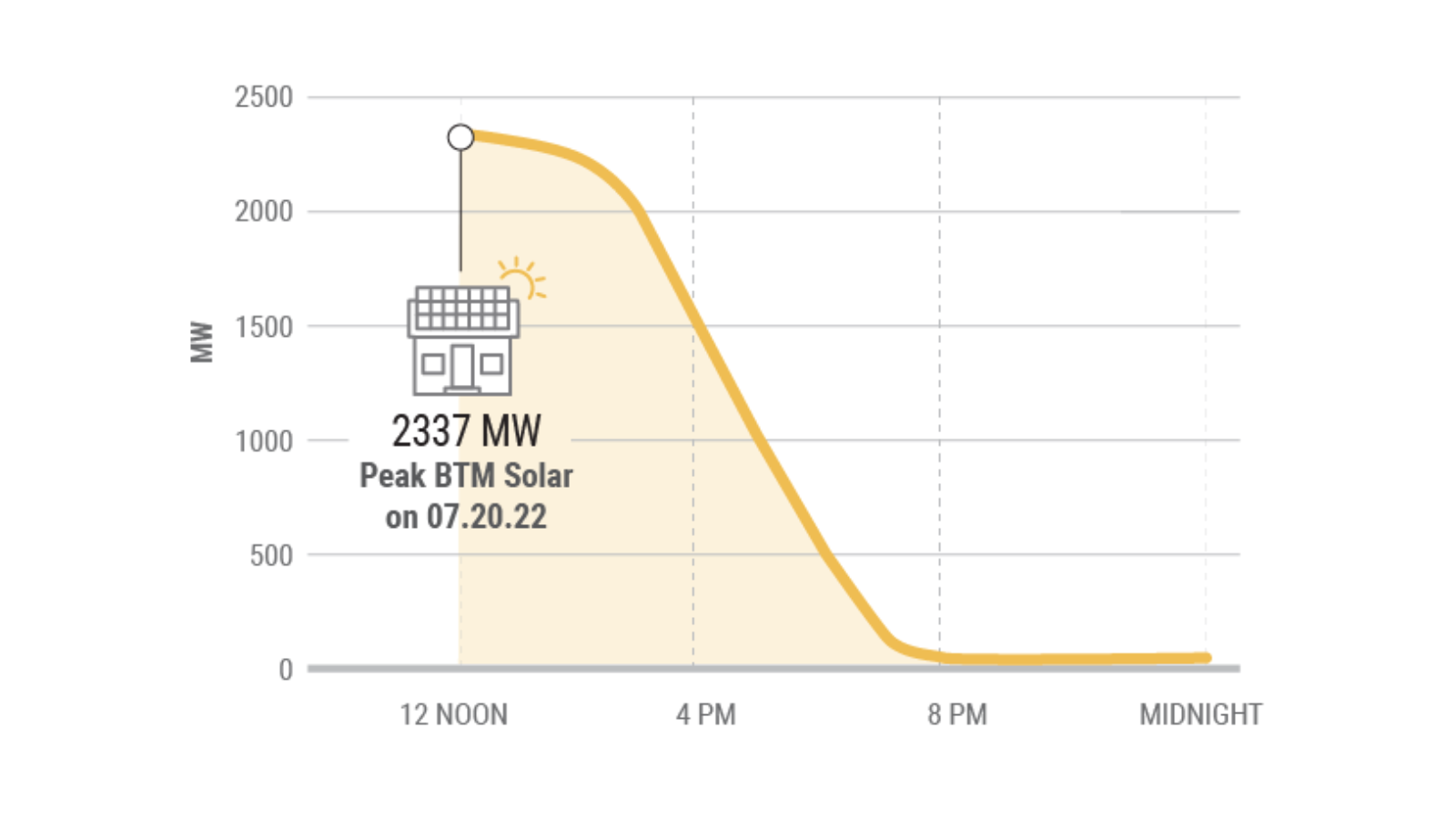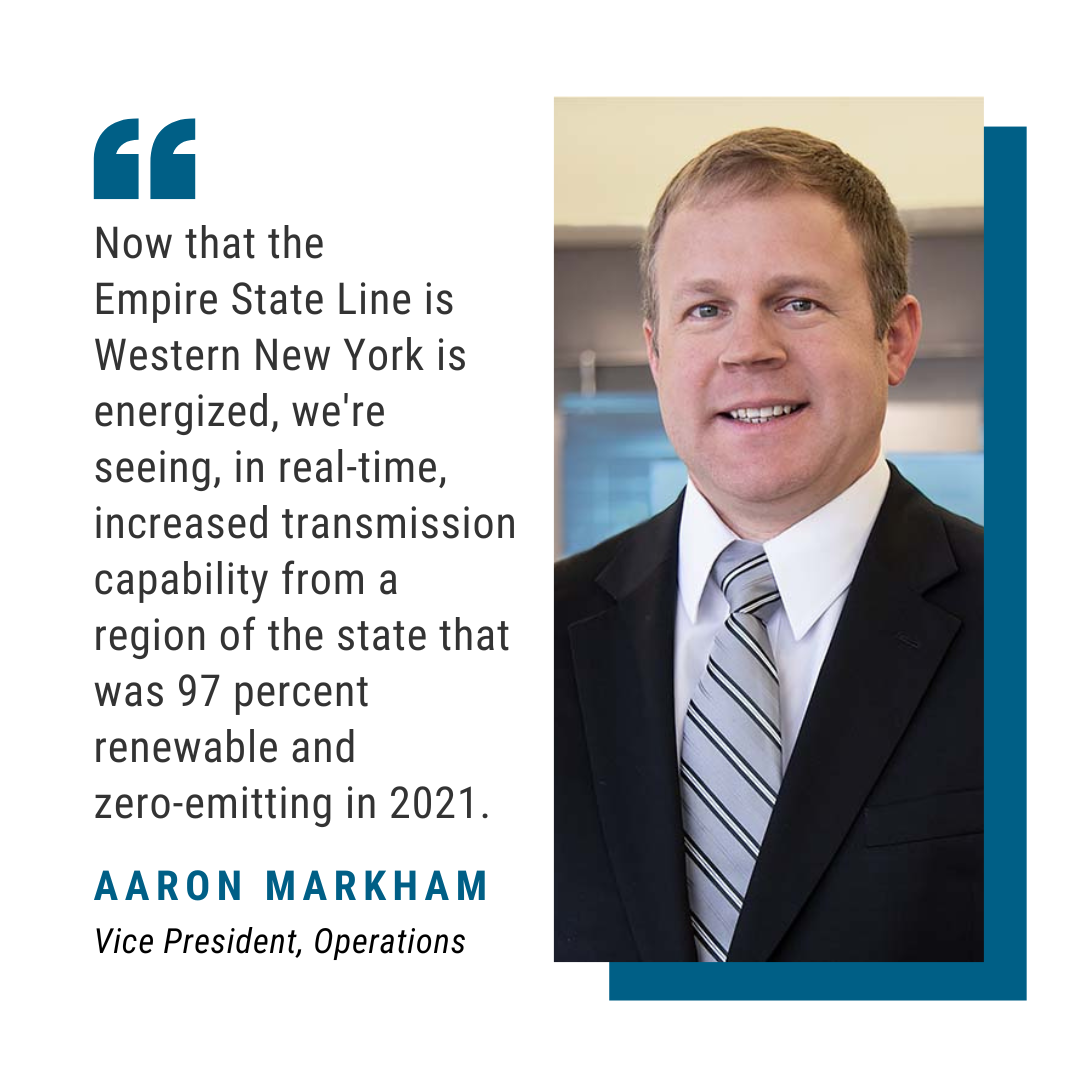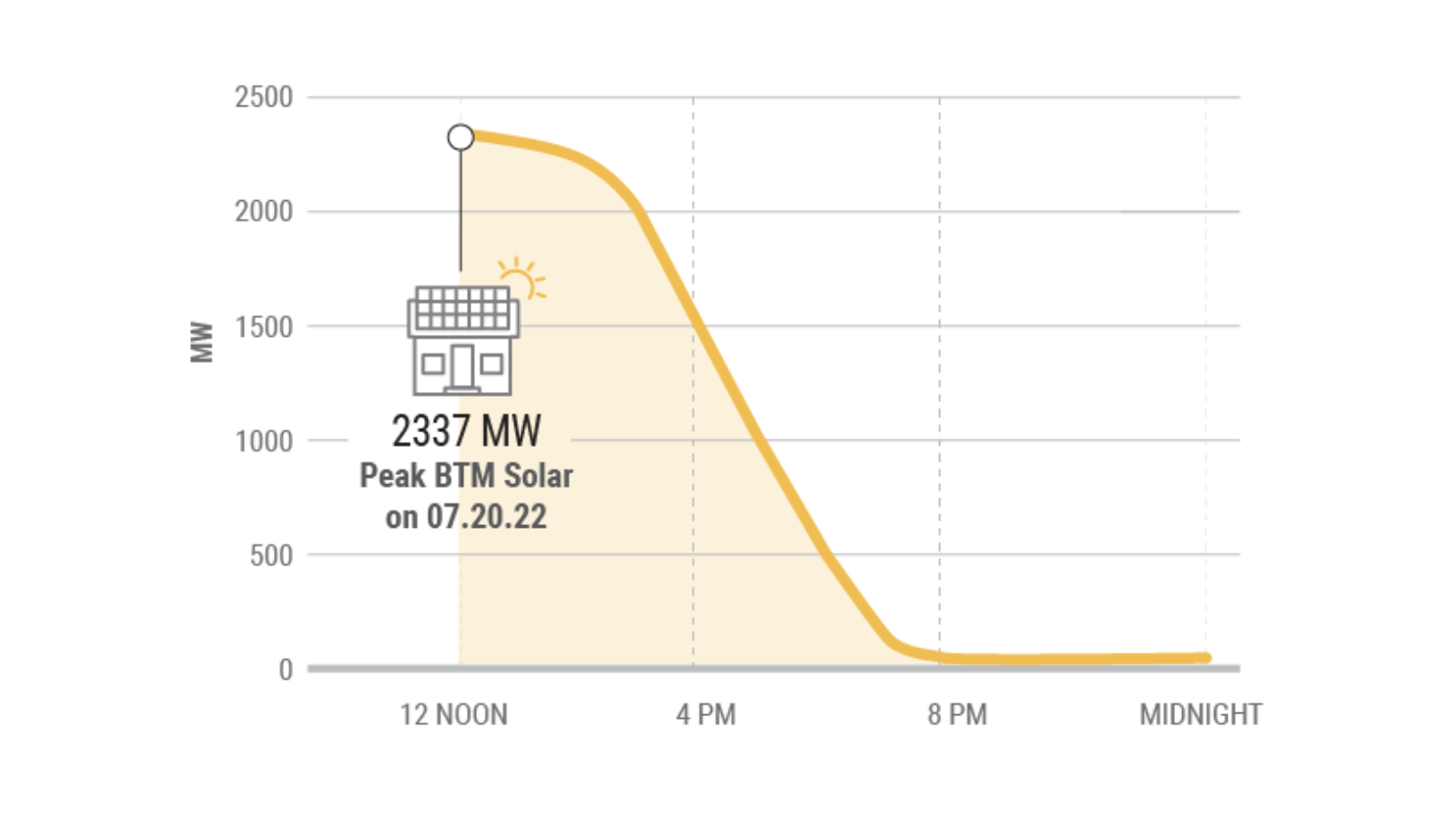2022 Peak Load Day Highlights Challenges and Opportunities for New Resources on a Changing Grid

Now that autumn in New York is in full swing, we take a moment to observe some important takeaways regarding electric system performance over the summer.
But first, if you thought that the summer of 2022 felt warmer than usual in New York, you’re on to something. According to data from the National Weather Service, all major cities in the state exceeded their 1991-2020 normal temperatures in July, with Poughkeepsie topping the list at +4.4 degrees.
When the weather is that warm on a consistent basis, the electric grid can become strained. That means NYISO grid operators are especially attuned to things like system conditions, available resources, and weather patterns to maintain bulk electric system reliability.
This summer not only did grid operators have to consider the impact of heat on consumer demand, they also had to manage new, intermittent resources on the system, like wind and solar, and ongoing transmission expansion work throughout the state.
Taking a closer look at the July heatwave and bulk power system performance on Wednesday, July 20, when load peaked at 30,505 MW (one MW of electricity can power approximately 800-1,000 homes), we highlight a couple of examples of the way grid operators are managing new resources. First, we are already seeing the benefits of recent transmission expansions, including the Empire State Line, in bolstering the ability to move power from upstate renewable resources across New York to where demand is greatest in and around the New York City region. The Empire State Line is a new 20-mile-long transmission line, which has improved access to renewable hydroelectric energy from the Niagara Power Plant.
Vice President of Operations Aaron Markham said, “Now that the Empire State Line in Western New York is energized, we’re seeing, in real-time, increased transmission capability from a region of the state that was 97 percent renewable and zero-emitting in 2021.”

To demonstrate how rapidly the system is changing these days, on last year’s peak day, June 29, 2021, another hot and sunny day, system demand reached 30,919 MW during the 5PM hour. At that time, BTM solar produced 695 MW. Comparing these 2021 figures to this year, BTM solar production was about 50 percent higher during the 2022 peak hour. Most of this increased production is due to the installation of over 800 MW of additional BTM solar capacity in just the past year. That means cleaner resources are powering homes and businesses and less electricity needs to be generated by fossil fuel resources.
Of course, solar output enters a steep decline as the sun starts to set (see accompanying image). And the intermittency of renewables like solar and wind is a factor our operators must anticipate to meet forecasted demand with available generation. Currently, NYISO maintains reliability during those situations by relying on fossil-fuel powered generators that can be dispatched quickly and can produce electricity for extended periods.
The management of more intermittent resources on the electric grid is something bulk system operators must plan for as New York State builds toward the mandates in the Climate Leadership and Community Protection Act (CLCPA). The sheer scale of the buildout needed to meet the CLCPA mandates is unprecedented – as much as 124GW by 2040. This datasheet on our Outlook report highlights how many new resources must come online over the next 18 years to meet the CLCPA’s 2040 goal of an emission-free electric system.
As we transition to the cleaner, greener grid of the future, new generation sources are needed that can, like fossil fuels, be dispatched immediately and produce energy for extended periods while being emissions-free to meet the CLCPA mandates. Broadly, we refer to these technologies as dispatchable emissions-free resources, or DEFRs. We examined the role of DEFRs in meeting the CLCPA mandates while maintaining system reliability in an earlier blog that can be found here.
A balanced approach to achieving a clean-energy grid is essential. Deactivating existing generation without having resources that are capable of providing comparable reliability services risks our ability to maintain a reliable electric system. Distributed generation, like BTM solar, is a large part of the potential solution, but in order to maintain reliability through the transition the bulk electric system will require dispatchable energy resources that are able to ramp up or down based on system needs.


